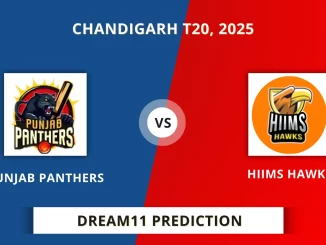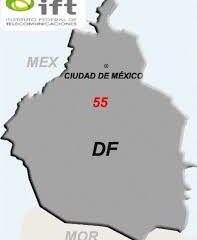Understanding the Key Differences Between PJP and HHK

Introduction
The political landscape of India remains dynamic and complex, particularly regarding the rising influence of various political parties. The tussle between the two prominent political entities, PJP (Praja Janata Party) and HHK (Hindustan Hakk Party), is becoming increasingly relevant as they vie for voter support in the upcoming elections. Understanding their ideologies, policies, and electoral strategies is essential for voters and political analysts alike.
Background of PJP
PJP, founded in the early 2000s, has gained a reputation for its grassroots approach and focus on rural development. The party emphasizes social justice and economic equality, intending to uplift marginalized communities. With a stronghold in several states, PJP has made considerable progress in addressing local issues through targeted welfare programs.
Background of HHK
In contrast, HHK emerged more recently, positioning itself as a modern alternative to traditional politics. The party capitalizes on youth engagement and technology-driven governance. HHK advocates for transparency, anti-corruption measures, and sustainable development, appealing to urban voters who prioritize innovation and progress.
Key Differences Between PJP and HHK
When comparing the two parties, several distinctions become evident:
- Ideology: PJP focuses on traditional values and social equity while HHK champions modernization and inclusivity.
- Electoral Strategy: PJP relies heavily on grassroots mobilization, while HHK uses digital platforms to reach younger audiences.
- Target Demographics: PJP appeals to rural voters, whereas HHK seeks support from urban, tech-savvy populations.
Recent Developments
Recent surveys indicate a shifting voter base in India, with many young individuals showing interest in HHK’s promises of innovation and transparency. Meanwhile, PJP continues to leverage its network and established community ties to maintain its influence. The political rivalry has intensified, with both parties launching aggressive campaign strategies ahead of the elections scheduled later this year.
Conclusion
The political competition between PJP and HHK is likely to shape the future of India’s democracy significantly. As an increasing number of voters become aware of the issues at stake, understanding the ideologies and strategies of both parties becomes crucial. With impending elections, the battle for voter loyalty will be fierce, potentially altering the political landscape of India for years to come.









